Found in more than 60 species around the world, Amaranthus is a plant mainly found in tropics or subtropics. It is an edible plant. It is usually grown for its edible leaves, seeds and stems. The leaves of some species of Amaranthus are used as vegetables and some species’ seeds are consumed as food/grain. Some of the species of Amaranthus are so beautiful in appearance that they are used for ornamental purposes as well, usually used to decorate gardens. Amaranthus apart from being useful for its mentioned uses, is also a valuable plant in some cultures and their religious practices in different parts of the world.
Varieties of Amaranth include:
- Red Amaranth (Amaranthus cruentus): It has green leaves with red veins and stems. The young leaves can be harvested for use in salads, soups, and stews. The seeds can be used to make flour for baking or to pop like popcorn.
- Green Amaranth (Amaranthus viridis): It has bright green leaves and stems. It is commonly used in Indian cooking, especially in dal and curries. The young leaves can also be used in salads.
- Purple Amaranth (Amaranthus blitum): It has dark purple leaves and stems. The leaves have a slightly sweet, nutty flavor and are used in salads, soups, and stews. The seeds can also be eaten or ground into flour.
- Livid Amaranth (Amaranthus lividus): This variety has purple-tinged leaves and stems, and is commonly used in South Indian cuisine. The leaves are used in dal and curries, and the seeds can be popped like popcorn.
- Elephant Head Amaranth (Amaranthus gangeticus): It has long, pointed leaves that resemble the trunk of an elephant. It is commonly used in stir-fries and soups, and the young leaves can also be used in salads.
The growing guide for Amaranthus

Amaranth was primarily grown for its edible parts. Most gardeners are now more focused on using the plant for its ornamental qualities. However, for a long time, culinary use was the reason why amaranthus was grown in homes and gardens. Its ornamental display is rather a recent development and most people don't know that the plant can be used for its edible leaves and seeds.
The ideal time to plant the seeds starts from mid spring to mid summer. Here are some basic tips to grow a healthy crop of the amaranthus:
Picking the right location
Growing in a container:
Select a container that is at least 12 inches (30 cm) in diameter and 12 inches (30 cm) deep. Ensure that the container has drainage holes in the bottom to prevent water from accumulating.
Growing in ground:
Amaranthus plants thrive in full sun, so choose a location that receives at least 6-8 hours of direct sunlight each day. The soil should be well-drained and rich in organic matter.
Sowing the seeds
Amaranthus seeds can be sown directly into the soil or started indoors 4-6 weeks. If sowing directly, wait until the soil has warmed up to at least 65°F (18°C). Sow the seeds 1/4 inch (0.6 cm) deep and 18-24 inches (45-60 cm) apart. If starting indoors, sow the seeds in seed-starting trays filled with a well-draining potting mix.
Watering
Amaranthus plants require consistent moisture to thrive. Water the plants deeply once a week, and more often during hot, dry weather. Avoid overhead watering, as this can lead to fungal diseases.
Fertilization
Amaranthus plants benefit from regular fertilization. Use a balanced, all-purpose fertilizer like seaweed spray or compost once a month during the growing season.
Mulching
Mulching around the base of the plants helps to retain moisture and suppress weeds. Use a layer of organic mulch, such as straw or chopped leaves, about 2-3 inches (5-7.5 cm) deep.
Pests and diseases
Keep an eye out for pests, such as aphids or spider mites, and treat them with an insecticidal soap or neem oil spray. To prevent fungal diseases, avoid overhead watering and ensure good air circulation around the plants.
How to harvest and use Amaranthus

Seed heads of amaranthus are lovely in appearance. They are truly something to look at from the point of landscape. But when the seed heads are visible, does it mean it's time to harvest? How do you know when to harvest Amaranth? Here are some tips on how and when to harvest Amaranth.
Harvesting amaranthus leaves:
Amaranthus leaves can be harvested when they are young and tender, usually about 4-6 weeks after planting. Harvest the leaves by cutting them off the plant at the stem using a sharp, clean knife or scissors. Be sure to leave some leaves on the plant to continue growing. The plants will continue to produce new leaves for several weeks if harvested regularly.
Harvesting amaranthus seeds:
Amaranthus seeds can be harvested when the flower spikes have turned brown and dry. Cut off the entire seed head using a pair of scissors or pruners, and hang it upside down in a warm, dry place to dry out. Once dry, rub the seed heads to release the seeds. The seeds can be sifted to remove any remaining debris or chaff.
Special Tip: If you're harvesting Amaranthus for its seeds, it's important to keep an eye on the plants to ensure that the seed heads don't shatter and release the seeds prematurely. You can cover the seed heads with paper bags or nylon stockings to prevent this from happening.
Conclusion:

Amaranthus has great nutritional value as an edible plant. It comes with ornamental value for your garden and it is very easy to grow. It is a plant that is versatile and is worth considering to have in your garden or farm.
To find non-hybrid, non-GMO, open pollinated Amaranthus seeds and kits go to - AllThatGrows.


 Sign In
Sign In



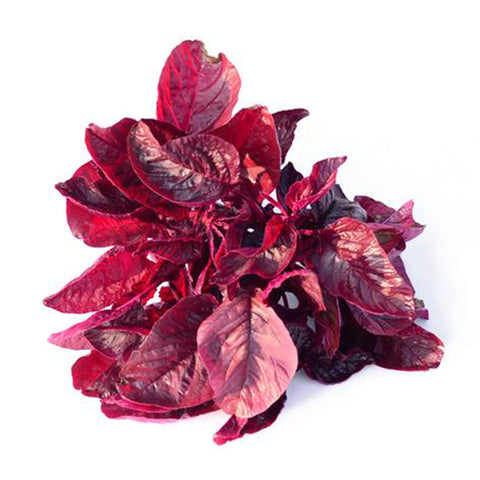
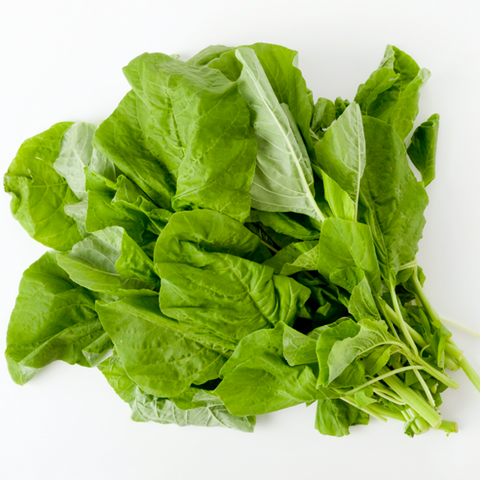

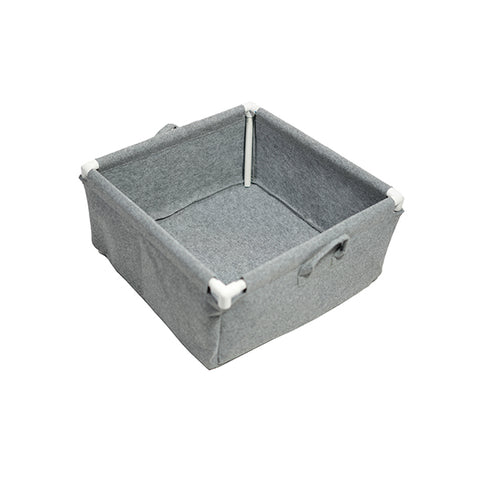
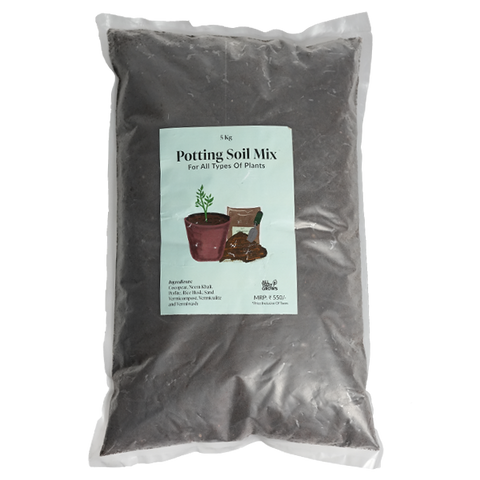
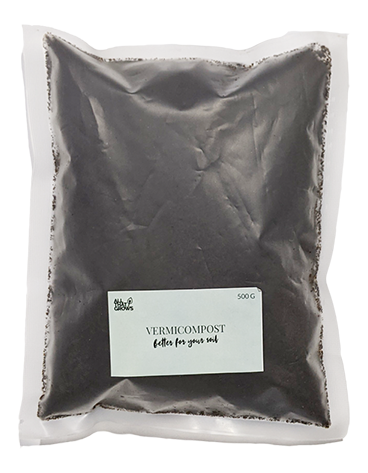
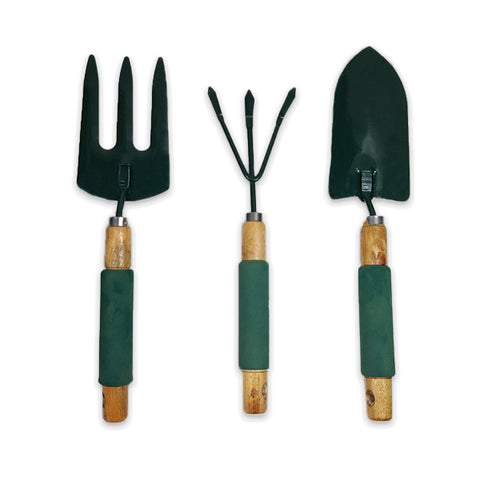







Let us know your feedback
* Comments must be approved before being displayed.